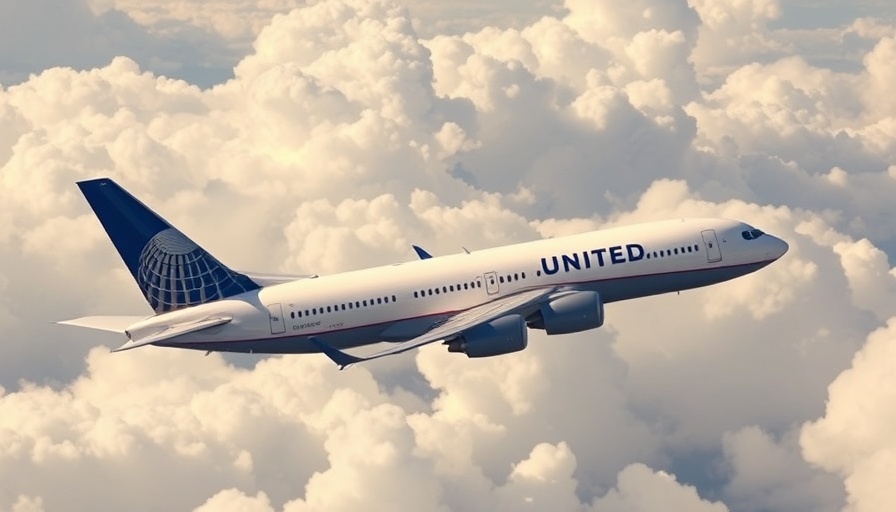
Understanding the Complex Relationship Between Marketing and Finance
In the competitive landscape of modern business, understanding the interplay between marketing and finance is no longer optional—it's essential. As the case of United Airlines' Plus Points program illustrates, the intersection of these two disciplines can determine the success or failure of customer-centric initiatives. This program, launched to reward loyal customers, stands out as a microcosm of how great intentions can sometimes lead to unintended consequences.
The Promise of United’s Plus Points Program
Introduced in 2019, the Plus Points program aimed to replace outdated upgrade certificates with a more flexible reward system for frequent flyers. Designed to enhance customer loyalty among its Premier Platinum and 1K members, the program offered 40 and 280 Plus Points, respectively—encouraging repeat business and instilling a sense of value. On paper, this looked appealing; it was an upgrade path that promised immediate rewards and a personalized approach to customer engagement.
Where Marketing Meets Finance: The Disconnect
Yet, amidst the bright surface of this initiative lies a critical tension. Marketing strategies, while designed with the best of intentions, often require rigorous financial scrutiny to avoid pitfalls. The ambitious goal of United's Plus Points, while attractive, was met with operational challenges that exposed key weaknesses in financial planning. As they projected loyalty build-up, they underestimated the costs associated with maintaining such a generous rewards system.
The Vital Lesson: Balancing Aspirations with Financial Realities
The challenges faced by United highlight a significant lesson for brands striving to innovate: marketing initiatives must be aligned with financial strategies to ensure sustainability. A program that dazzles customers today could become a burden tomorrow if it is not financially sound. This illustrates the importance of having finance teams involved early in the developmental stages of marketing campaigns, ensuring all stakeholders understand the cost implications and pricing structures attached to these rewards.
Future Implications: Creating Sustainable Loyalty Programs
As brands like United Airlines navigate similar terrains, the need for transparency regarding reward and loyalty structures will underpin their marketing strategies. The lesson from United's Plus Points serves as a reminder to businesses that financial insight must come hand-in-hand with marketing creativity. Future loyalty programs should incorporate analytics and forward-thinking financial assessments to avoid potential pitfalls and to ensure they cater to customer demands without compromising the bottom line.
Your Takeaway: Think Long-Term
Understanding the balance of marketing strategies and financial realities is key in today’s dynamic business landscape. Students, marketers, and brand strategists must evaluate how financial frameworks interact with marketing decisions. By cultivating this comprehensive understanding, you will be better equipped to create campaigns that foster true loyalty and ensure brand growth over time.
 Add Row
Add Row  Add
Add 




Write A Comment